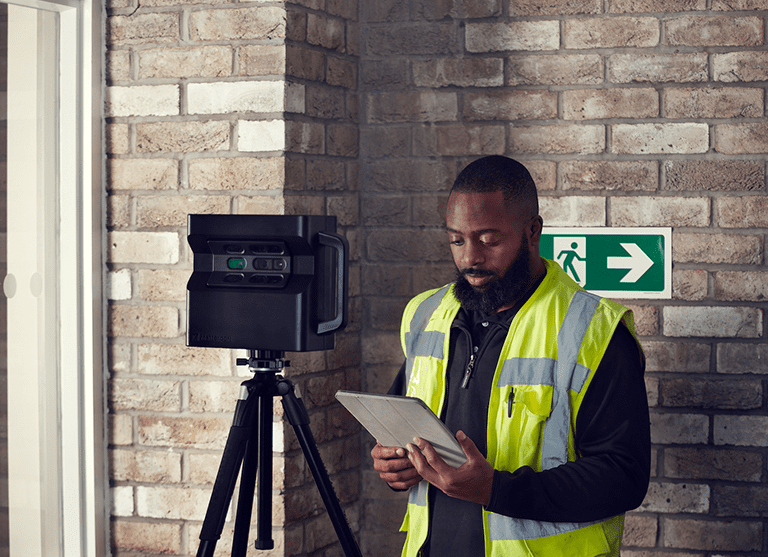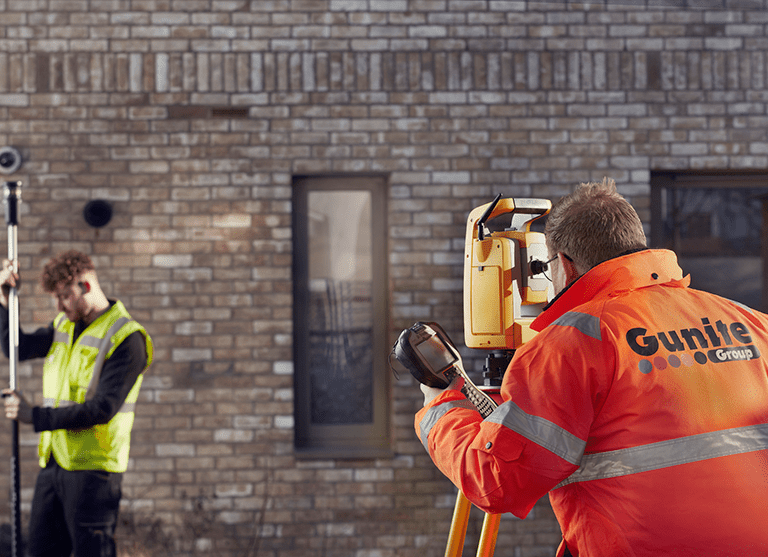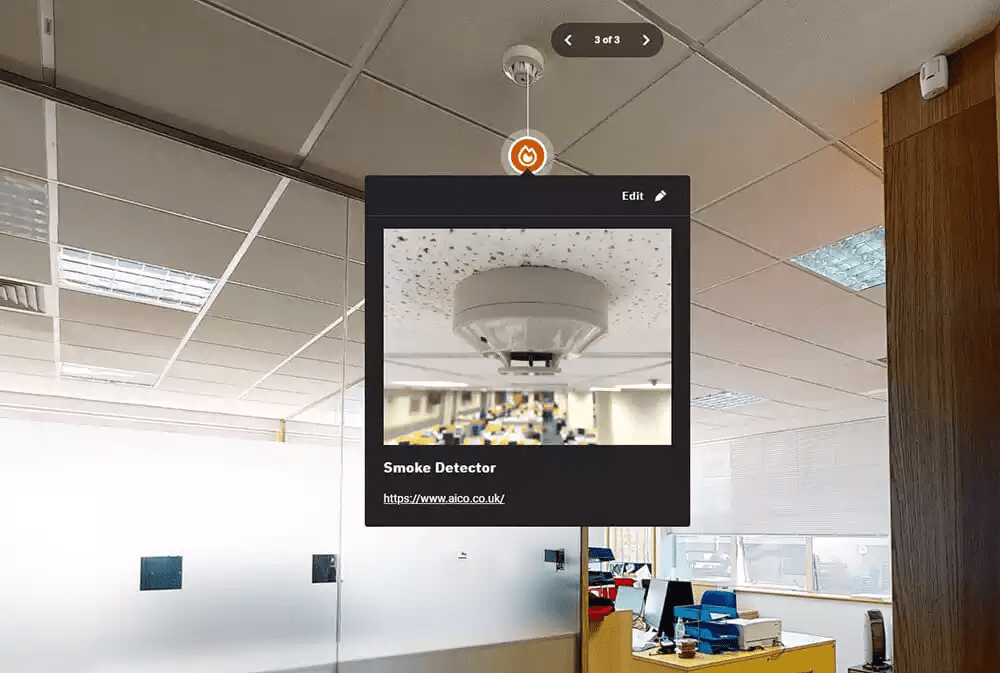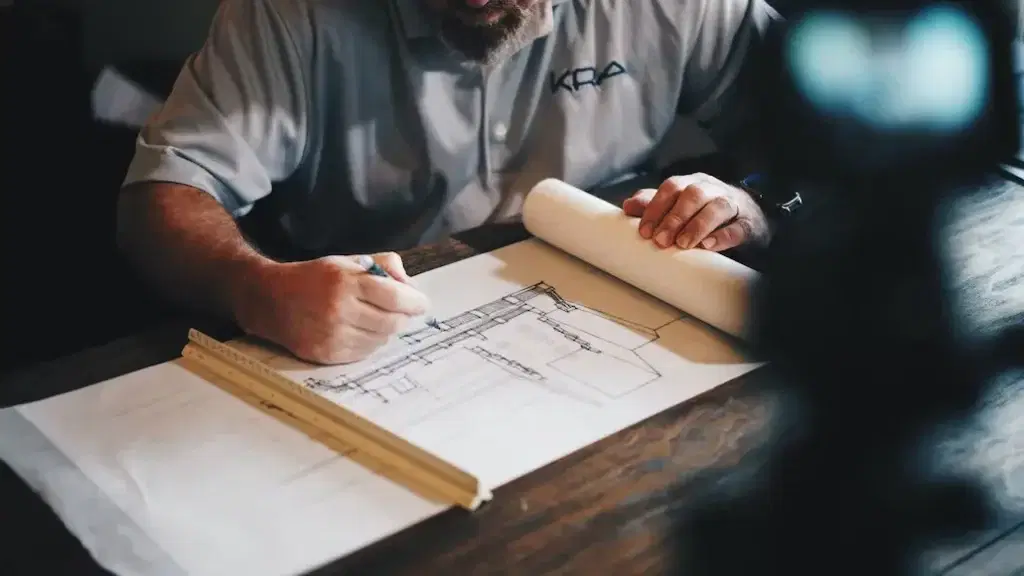Our News
What Is Digital Twin Technology In Construction?
In the ever-evolving landscape of technology, the construction industry has been quick to embrace innovations that streamline processes, enhance project efficiency, and improve overall outcomes. One such transformative concept making waves in construction is digital twin technology.
Rooted in the integration of advanced imaging techniques, sophisticated data analytics, and real-time simulations, digital twin technology has the potential to revolutionise how construction projects are planned, executed, and maintained. But how does it work?
Laser scanning: a high-precision imaging technique
At the heart of digital twin technology lies laser scanning, an advanced imaging technique that captures precise spatial data by emitting laser beams and measuring their reflection off surfaces.
This technology generates highly accurate and detailed 3D models of physical structures, allowing construction professionals to create virtual replicas of real-world environments with exceptional precision.
Laser scanning eliminates the need for manual measurements, reducing human error and expediting the data collection process.
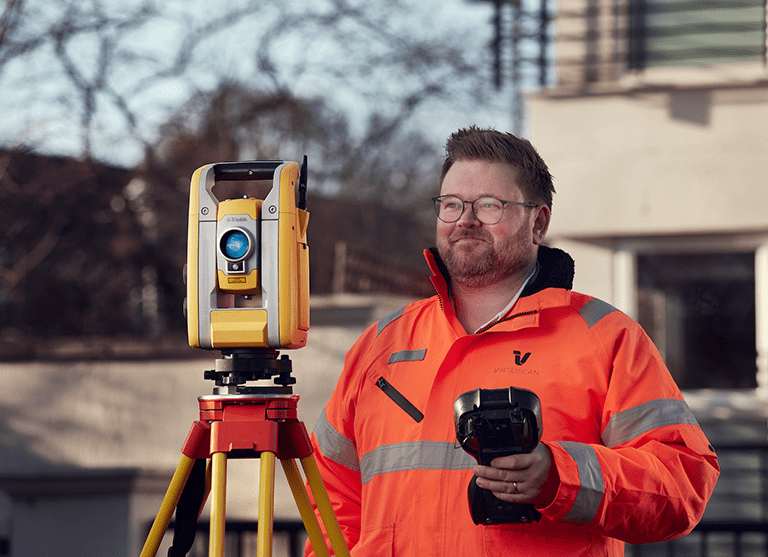
Capturing real-world conditions
In construction, laser scanning plays a pivotal role in capturing the existing conditions of a site. Before any construction activity takes place, project teams can use laser scanners to create a comprehensive digital record of the environment. After the CAD process this data becomes the foundation for the digital twin, enabling stakeholders to visualise the site as it exists in reality, thereby aiding in more accurate planning and design.

Want to find out how laser scanning can help your next project? Get in touch below
Understanding digital twins in construction
A digital twin, in the context of construction, refers to a dynamic, virtual representation of a physical asset, be it a building, infrastructure or entire construction site. This representation is enriched with real-time data collected through sensors, IoT (Internet of Things) devices, and other monitoring systems. The digital twin evolves in sync with its physical counterpart, reflecting changes, performance, and status updates in real-time.
Applications in construction
Digital twins are revolutionising the way construction projects are managed, optimised, and maintained from start to finish. By using digital twins, project managers can simulate construction processes, test various scenarios, and proactively identify potential bottlenecks or conflicts before they arise on-site. These simulations greatly contribute to resource allocation, schedule optimisation, and risk mitigation, ultimately ensuring smoother project execution.
They also hold immense value beyond the construction phase. During building operations, they enable facility managers to monitor energy consumption, occupancy patterns and maintenance needs in real-time. This data-driven approach enhances operational efficiency and reduces downtime, resulting in substantial cost savings over the building’s lifespan.

Want to find out how digital twins can help your next project? Get in touch below
Fire strategy drawings and digital twins
Fire safety is a paramount concern in construction and building management. Integrating fire strategy drawings into the digital twin framework adds an extra layer of safety preparation.
Fire strategy drawings include critical information such as escape routes, fire exits, alarm locations, and firefighting equipment placements. When integrated into the digital twin, this information becomes an essential resource for emergency preparedness and training.
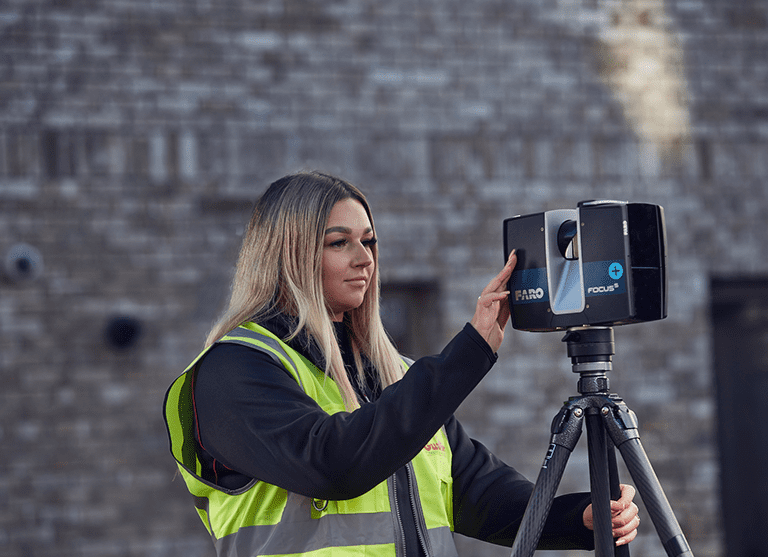

Real-time fire simulations
By combining fire strategy drawings with the digital twin’s real-time capabilities, construction teams and facility managers can conduct virtual fire simulations. These simulations help stakeholders understand how a fire would progress through the building, identify potential escape route obstructions, and assess the effectiveness of fire safety measures. Adjustments can be made proactively to improve fire safety strategies before construction even begins, saving lives and minimising property damage.

